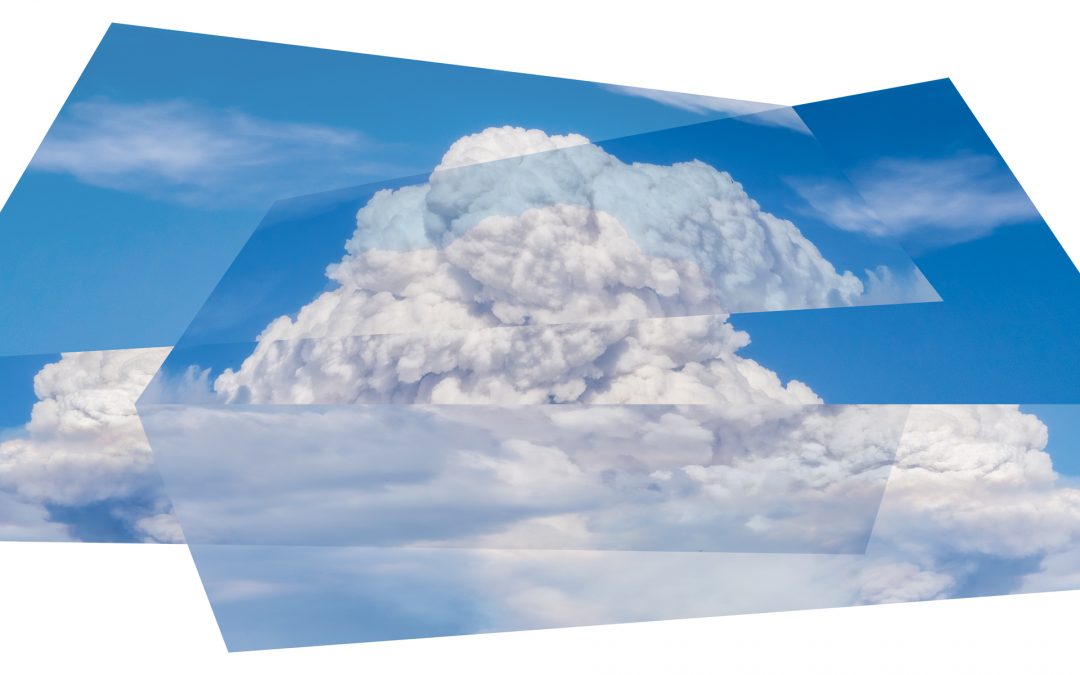
SAR Announces 2023-2024 Native Artist Fellows
SAR Announces 2023-2024 Native American Artist Fellows: Heidi Brandow, Michael Namingha, and Carly Feddersen.

SAR Announces 2023-2024 Native American Artist Fellows: Heidi Brandow, Michael Namingha, and Carly Feddersen.
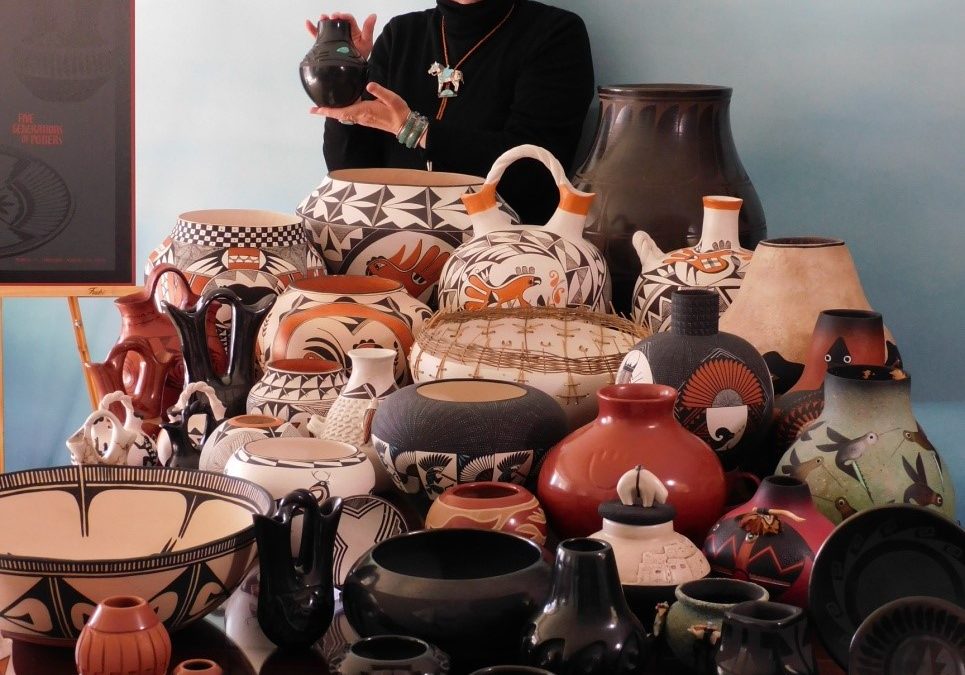
The acquisition of the Susan L. Q. Flaherty Collection is a rare and exceptional example of a collection donation that the IARC was able to acquire due to its uniqueness and story. The gifted collection allows the IARC to further demonstrate the multigenerational nature of pottery making that goes beyond what already exists in the IARC collection.
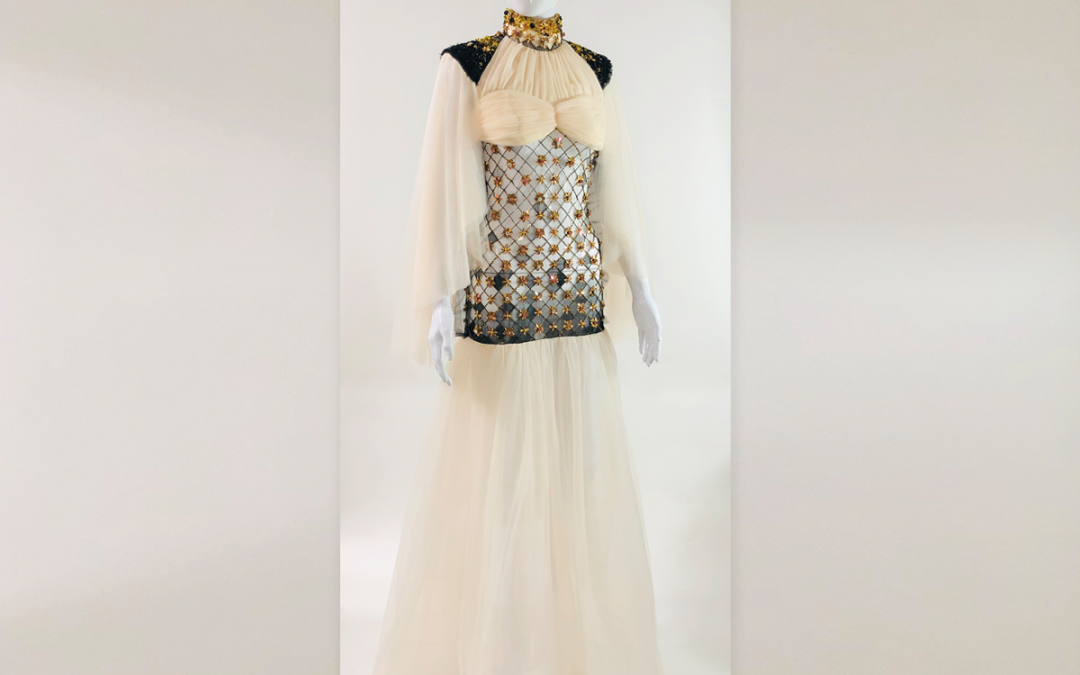
SAR Announces 2022-2023 Native American Artist Fellows: Hollis Chitto, Orlando Dugi, and Janna Avner.
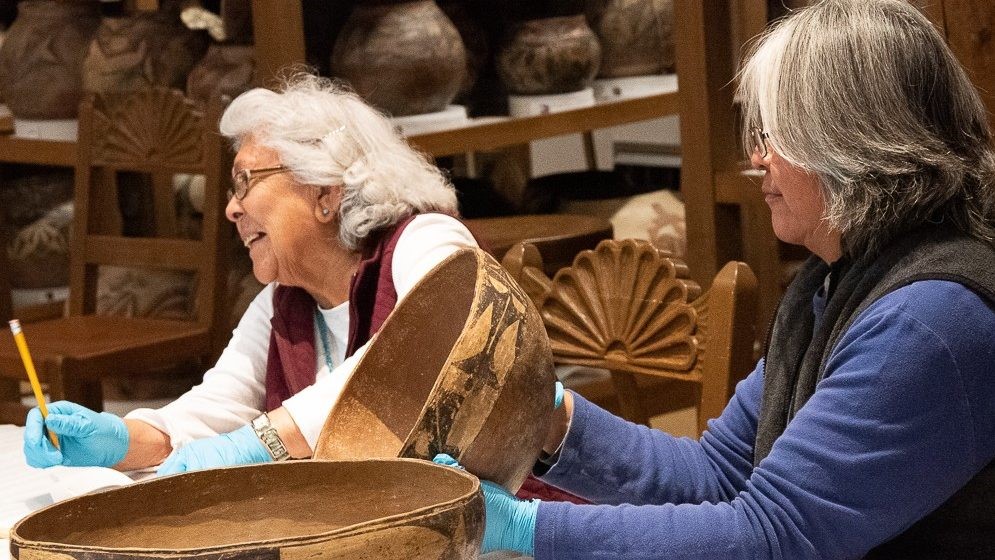
Museums are evolving. In a cultural moment in which institutions are called toward self-reflection, inclusivity, and accountability, the question remains: what does collaboration mean for museum and community, institution and individual? How can ethical action drive our work?
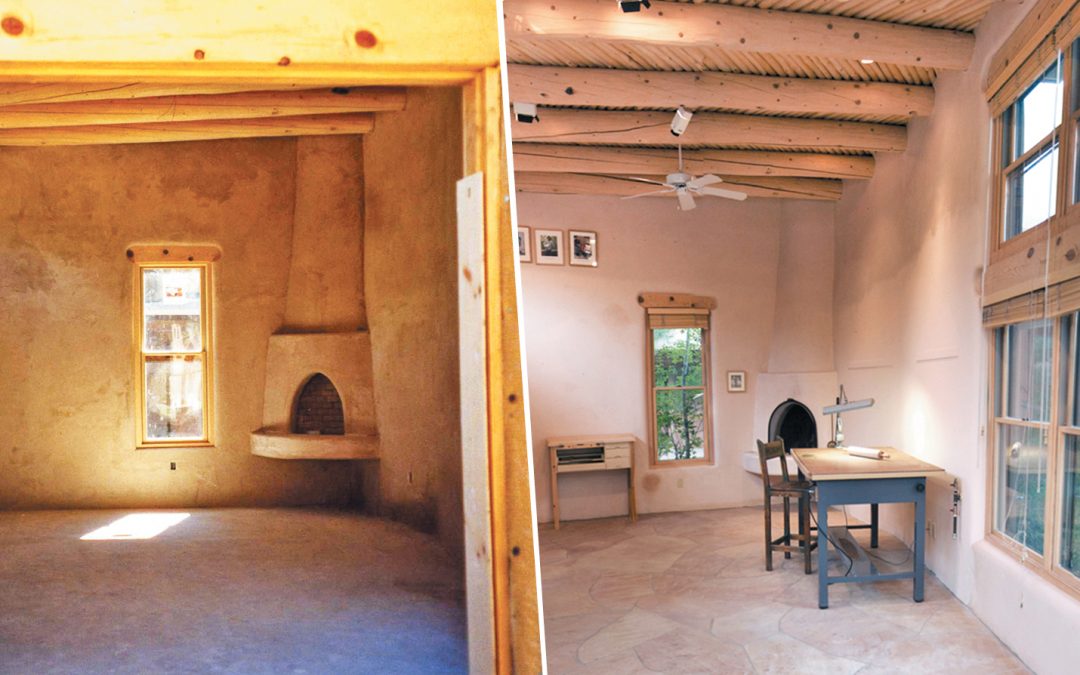
The Board of Directors and staff of the School for Advanced Research together mourn the loss of Ronald N. Dubin, who passed away in Greenwich, Connecticut, on December 30 at the age of eighty-nine.
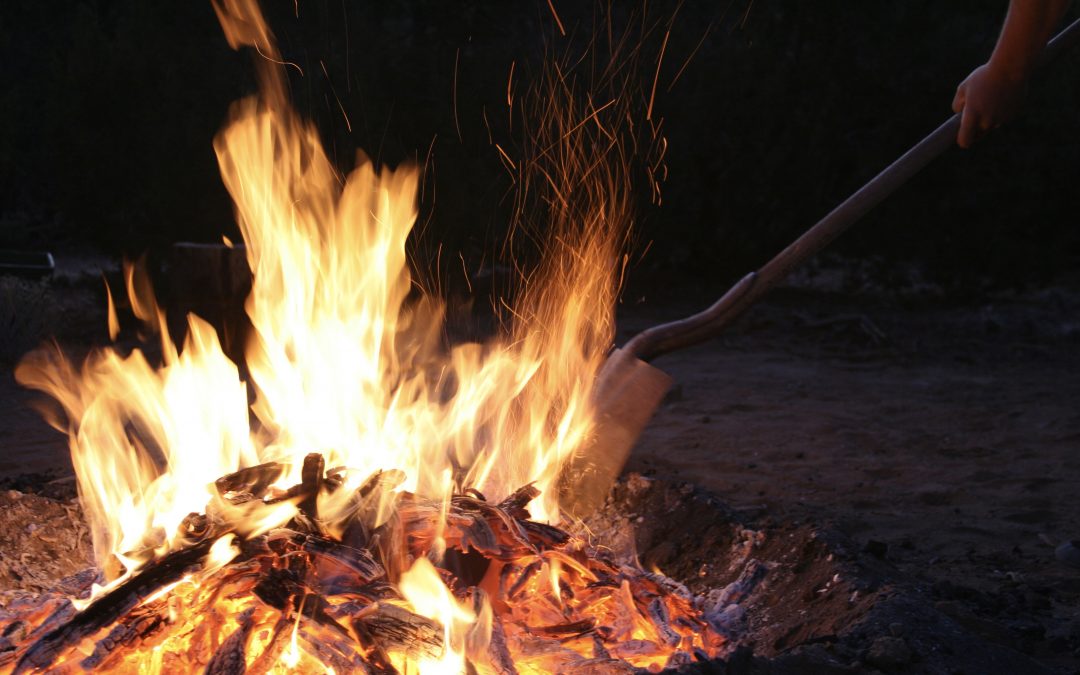
When Ortiz-Concha talks about his relationship with clay, he conveys a clear sense of reverence and respect. He sees the act of gathering clay and forming vessels as a moment of intervention in millions of years of geological processes, something not to be taken lightly.
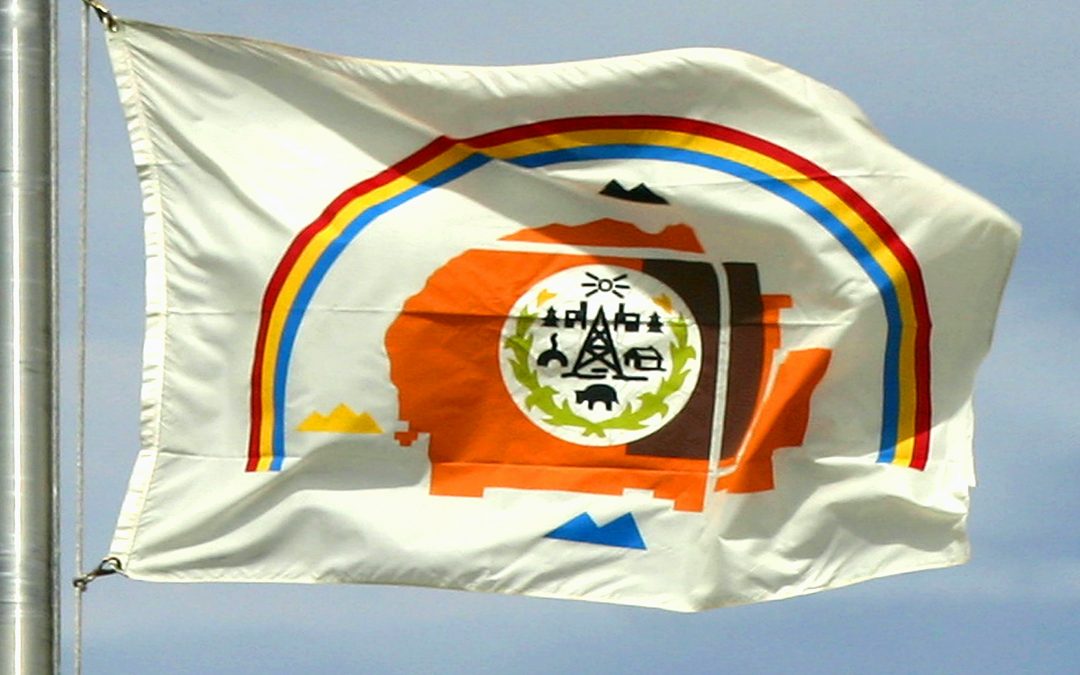
The Diné are resilient people and know how to adapt to hardship. Before Euro-American contact, the Diné wore deerskin clothing. As Spanish, Mexican, and American settlers came to Navajo land and introduced new materials, Diné art and culture evolved.
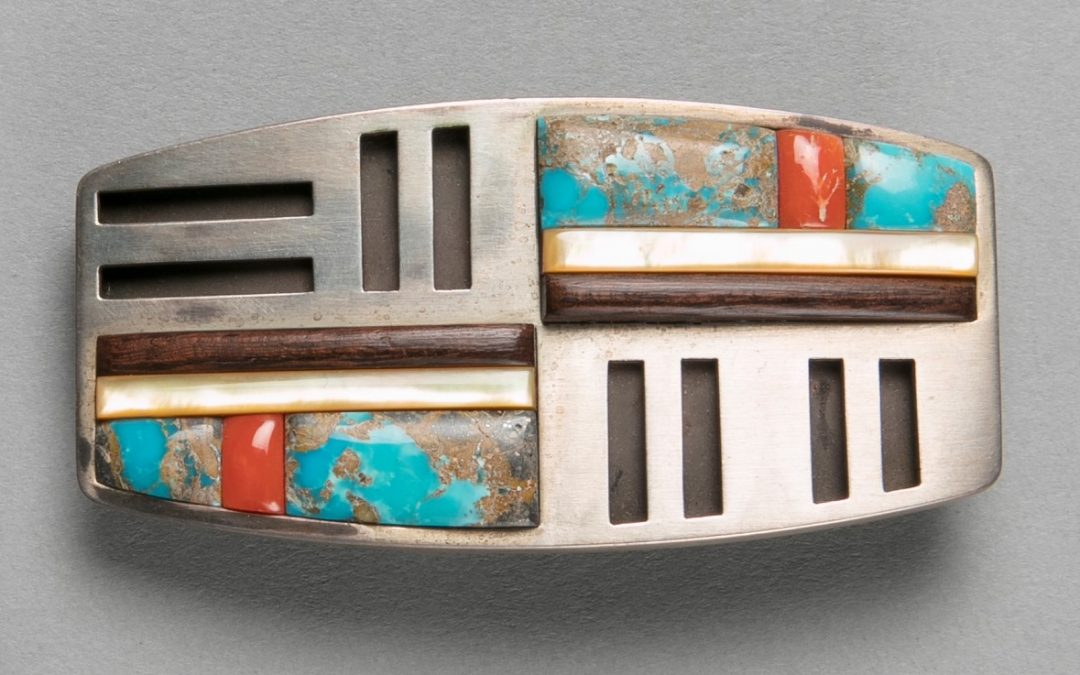
Over the course of her Anne Ray internship, Emily Santhanam dove deep into the collections, approaching the objects through registration, collections management, education, and curation work. Each project taught her to navigate Native American arts stewardship in a new way. Yet what she most enjoyed was creating an online exhibition about the bolo ties cared for by the IARC.